Description
Urea 46% is a type of nitrogen fertilizer widely used in agriculture to provide plants with a high concentration of nitrogen. Urea, with a nitrogen content of 46%, is one of the most concentrated solid nitrogen fertilizers available. It is a white crystalline substance and is highly soluble in water.
Key Characteristics of Urea 46% Fertilizer:
- Nitrogen Content: Urea is composed of 46% nitrogen by weight, making it a potent source of nitrogen for plant nutrition.
- Solubility: Urea is readily soluble in water, making it suitable for various application methods, including soil application, foliar spraying, and fertigation.
- Hygroscopicity: Urea has a tendency to absorb moisture from the air, so proper storage conditions are essential to prevent caking.
- Application Methods:
-
- Soil Application: Urea is commonly applied to the soil and incorporated into the root zone to provide nitrogen to plants.
- Foliar Application: In certain situations, urea can be dissolved in water and applied directly to plant leaves for rapid nutrient absorption.
- Application Period:
-
- Urea can be applied as a basal fertilizer during planting.
- It may also be used as a top-dressing fertilizer during the growing season.
- Volatilization Concerns:
-
- Urea is susceptible to volatilization losses if not incorporated into the soil soon after application.
- Incorporation through irrigation or rainfall helps reduce nitrogen loss due to volatilization.
- Crop Suitability:
-
- Urea is commonly used for a wide range of crops, including cereals, legumes, vegetables, and fruits.
- It is suitable for both field crops and horticultural crops.
Functions of Nitrogen in Plants:
- Promotes Vegetative Growth: Nitrogen is a crucial component of amino acids, proteins, and chlorophyll, essential for plant growth and development.
- Enhances Photosynthesis: Nitrogen plays a key role in the process of photosynthesis, contributing to the synthesis of carbohydrates.
- Improves Crop Yield and Quality: Adequate nitrogen supply is associated with increased yield and improved crop quality.
Considerations for Urea 46% Application:
- Rate and Timing: Adjust application rates based on crop requirements and growth stages. Consider split applications to match plant needs during different growth phases.
- Soil Conditions: Consider soil conditions, including moisture and temperature, to minimize nitrogen losses and enhance nutrient uptake.
- Application Equipment: Use appropriate application equipment to ensure uniform distribution.
While urea is an effective source of nitrogen, it’s essential to consider overall nutrient management practices, including the balanced use of other essential nutrients, to optimize crop productivity and minimize environmental impact. Farmers often rely on soil tests, crop nutrient requirements, and agronomic advice to tailor urea applications to specific cropping systems.

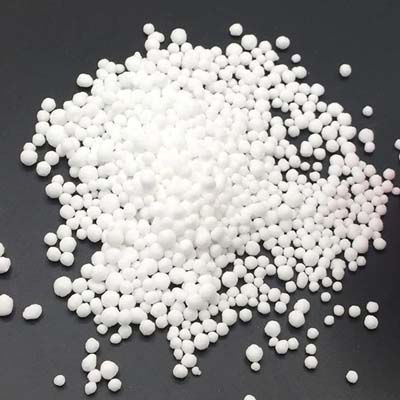
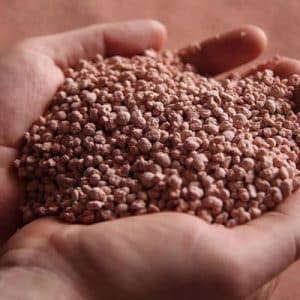
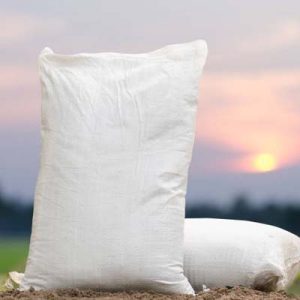
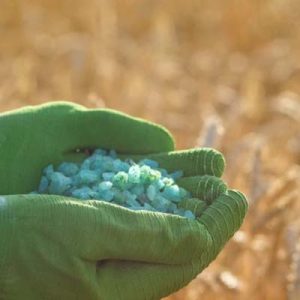
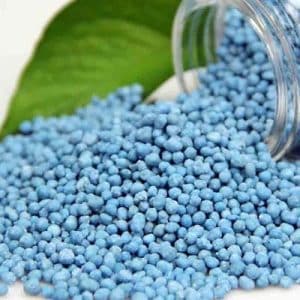









Reviews
There are no reviews yet.